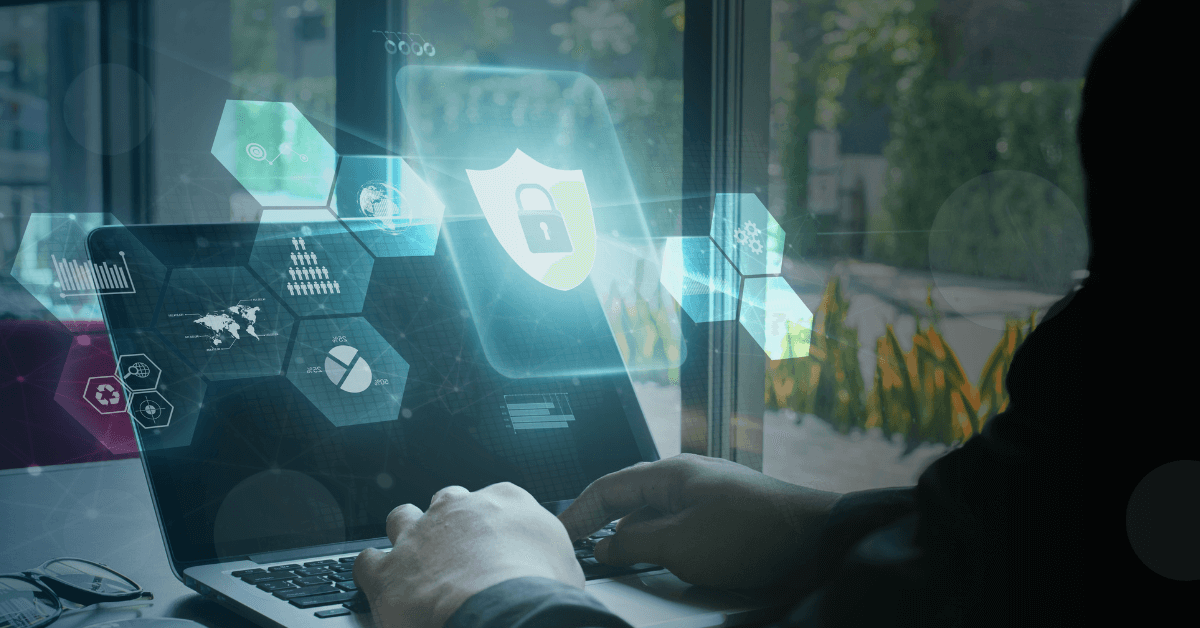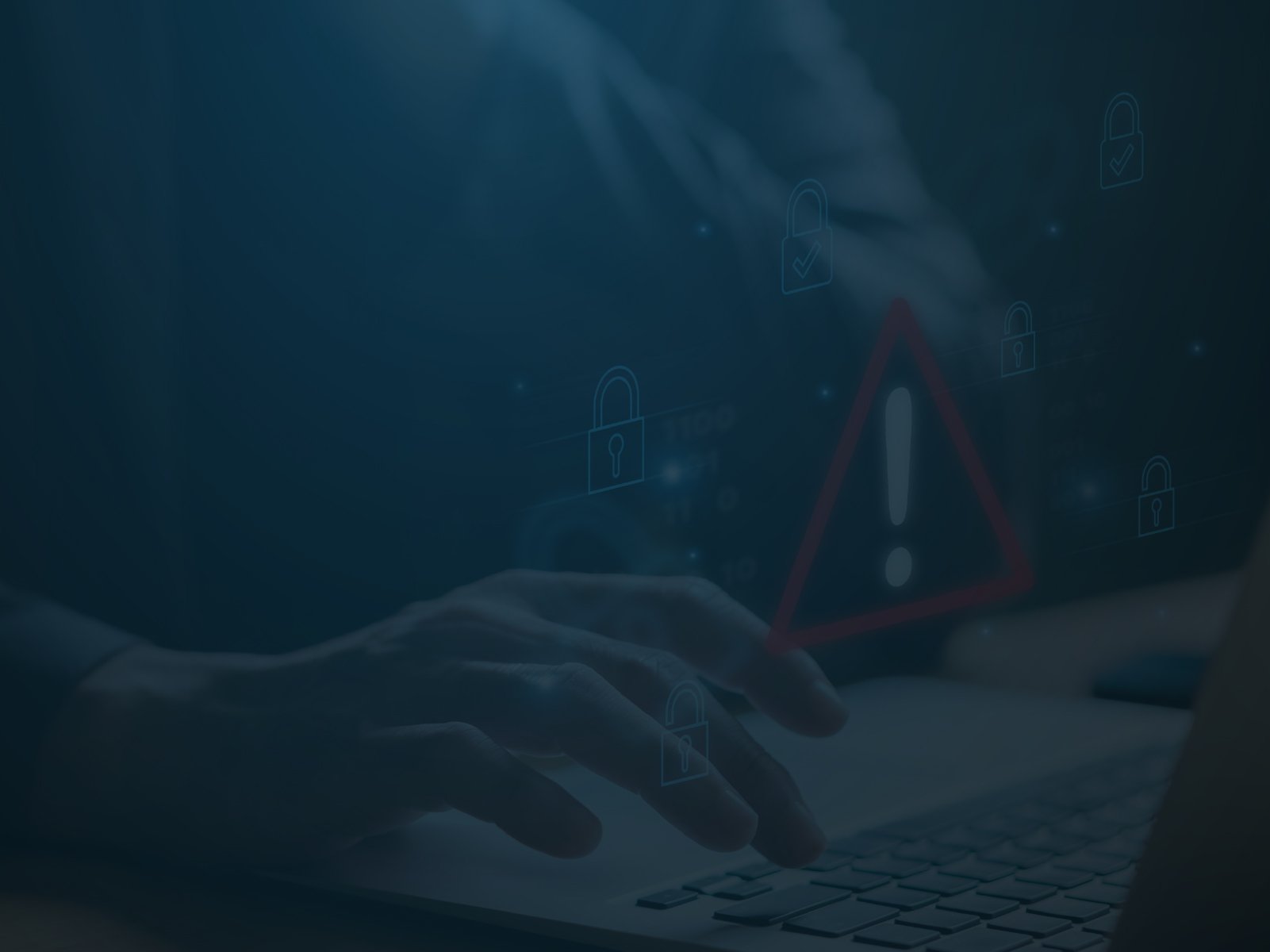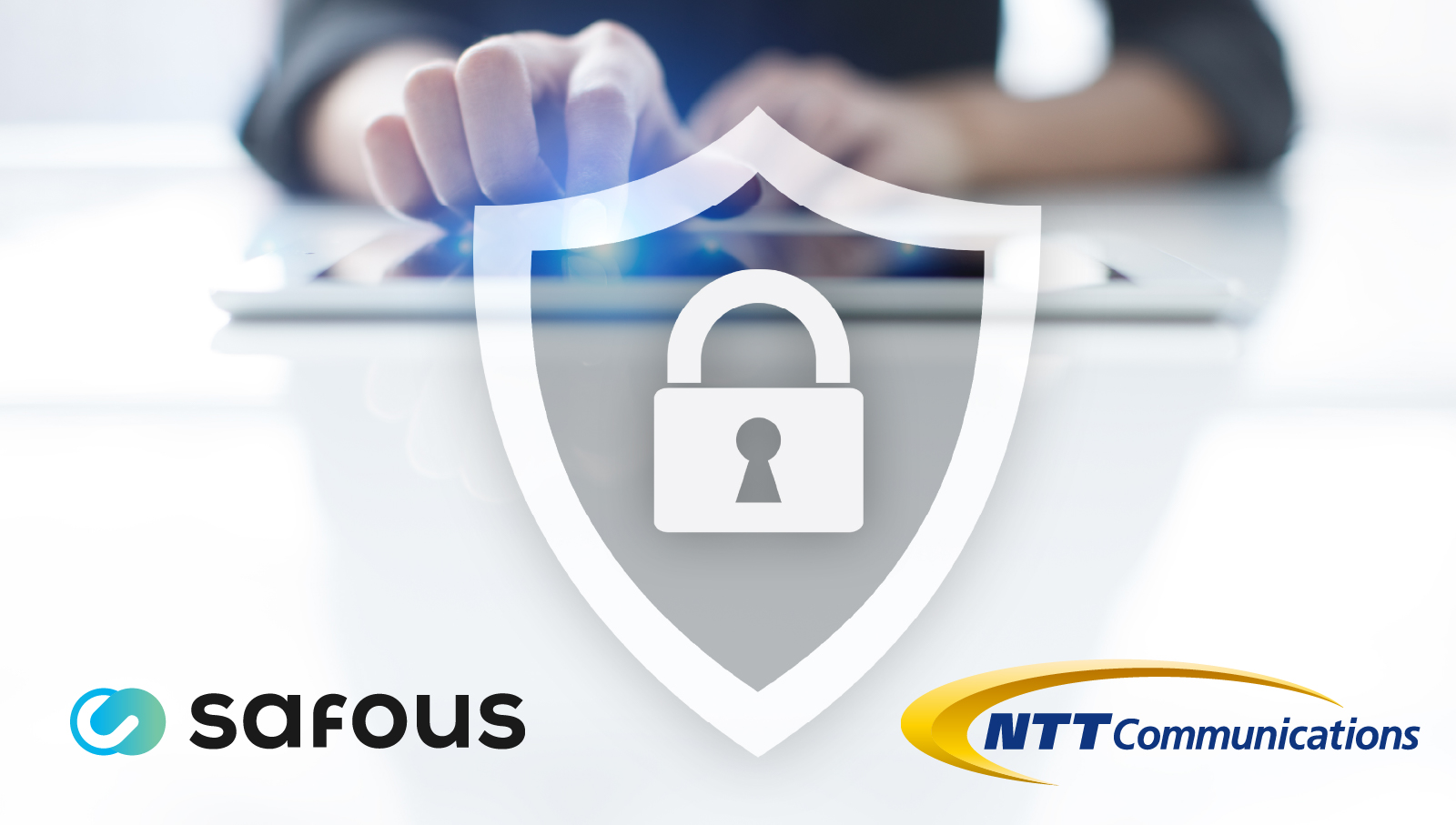Today’s cybersecurity landscape looks vastly different than it did 10 or even 5 short years ago. Even before the COVID-19 pandemic accelerated the change, remote and hybrid workforces were becoming more and more common, and cloud-based work has rapidly become the norm. This means cybersecurity has had to change to keep pace with a wildly different threat spectrum, all while cyber criminals innovate and evolve.
Given this always-changing landscape, cybersecurity isn’t a static discipline. It’s ever-evolving, and businesses and IT departments need to keep abreast of the latest cybersecurity trends. So, here we’ll go over a few key things to watch for coming years, and how to stay current and protected.
Bigger Attack Surface
With widely distributed workforces and mixed use of in-house applications and cloud-based services, companies large and small are presenting a bigger attack surface than ever before. No longer can businesses isolate in-house networks from the outside world, and no longer is a simple VPN enough to secure remote employees’ activity.
Expect this trend to continue as more companies adapt to the cloud and even sunset internal networks in favor of going cloud native. Hybrid workforces, along with a wider distribution of talent and an increasing number of connection points like phones, tablets, laptops, and various Internet of Things (IoT) devices, will continue to grow potential attack surfaces and increase vulnerability.
Cyber Threats Will Continue to Evolve – Especially Ransomware
Cyber criminals have a well-established history of relentless innovation, and they have always responded to improved security by coming up with better ways to get around it. Expect hackers to continue refining and improving on well-worn tactics like phishing, credential stuffing, and zero day exploitation – while also diving deeper into web-based technologies like Java, Flash, and WebLogic.
Meanwhile, ransomware attacks will continue to evolve and get more creative and bolder, going after critical systems like infrastructure and healthcare, and holding organizations hostage on multiple levels. Rather than just extorting companies once to regain access to data or systems, ransomware pioneers will continue new practices like the quadruple extortion model. In this model, attackers not only hold critical data hostage, they also threaten to publicize breaches, threatening company reputations. They can also threaten to target customers, attack partner vendors or supply chains, and demand money to refrain from selling user information on the black market.
In addition, hackers will continue to innovate when it comes to monetizing their craft. For example, look for an increase in a new addition to the hacker economy: access as a service, where hackers gain residence in desirable systems and sell access to the highest bidder.
Finally, watch for cyber criminals to target alternative means of access like IoT devices. From connected company cars to cell phones to on-premise security cameras, IoT devices can be ripe targets for exploitation, and hackers will continue to take advantage of them.
User Awareness and Education
Most breaches are initiated by social engineering tactics like phishing. More often than not, it’s employees who unwittingly let hackers in, either by clicking on nefarious links, downloading the wrong attachments, or giving away personal data or login credentials. Hackers count on users not to know they’re giving them the keys, and the best way to deal with that is to train users how to recognize and avoid social engineering-style attacks.
This has led to a rise in company-wide training programs and ongoing education specifically designed to empower users to shut the door in hackers’ faces. You can expect this to continue and look for training in cybersecurity principles to be commonplace and required among employees in businesses of every kind – not just tech companies. Anyone who uses a computer will be made aware of the risks and how to avoid them in the coming months and years.
The Rise of Zero Trust
The best way cybersecurity professionals have found thus far to deal with the shifting cybersecurity landscape, increased threat surface, and ingenuity of bad actors is zero trust. At its simplest, zero trust security follows the principle of “never trust, always verify.” In practice it means every time any communication with a network or application is initiated, the requester (whether human or machine) is checked and verified before access is granted.
More and more IT managers are turning to zero trust as an effective method to keep the bad guys out and secure systems and data. The reason for this is it works – and it allows distributed systems with multiple access points to be secured seamlessly. Before zero trust, the only task was to guard the gates (i.e. the perimeter). Once a backdoor was found or an outer wall breached, hackers would be accepted into the inner sanctum, able to do whatever they wanted. With zero trust in place, even if an attacker finds their way in, they’ll be blocked from taking meaningful action.
Expect zero trust methodology to gain widespread adoption in the near future, empowering IT managers to truly lock out attackers and regain control.
Dig into how zero trust can transform your security and how you can implement it in your organization. Download our white paper, “Securing the Modern Workplace With ZTNA”.
Get Ahead of the Curve With Zero Trust Network Access
For all the changes afoot in cybersecurity, one trend that’s giving IT and cybersecurity professionals a distinct advantage is the rise of zero trust. Safous empowers you to implement zero trust policies with zero trust network access (ZTNA), a solution designed to secure all access to every internal resource.
Control access at the application level, decide who can access, what they can access, and how they can access – and block all ingress traffic. ZTNA allows you to close the door entirely, minimizing your attack surface and making every interaction with your network secure – no matter where your employees are.
Safous provides 24/7 monitoring and support, high-level authentication with MFA and SSO application-based access and risk-based policy control, and an agentless, browser-based interface that’s simple to set up and easy to scale.
If you’re curious how much ZTNA can do for your data and system security, don’t wait. Book a free, live demo of Safous today and find out just how secure you can be.
Receive the latest news, events, webcasts and special offers!
Share this
You May Also Like
These Related Stories

Checklist: Are You Taking the Right Approach to Zero Trust Security?
.png)
Blog: Benefits of Remote Browser Isolation



